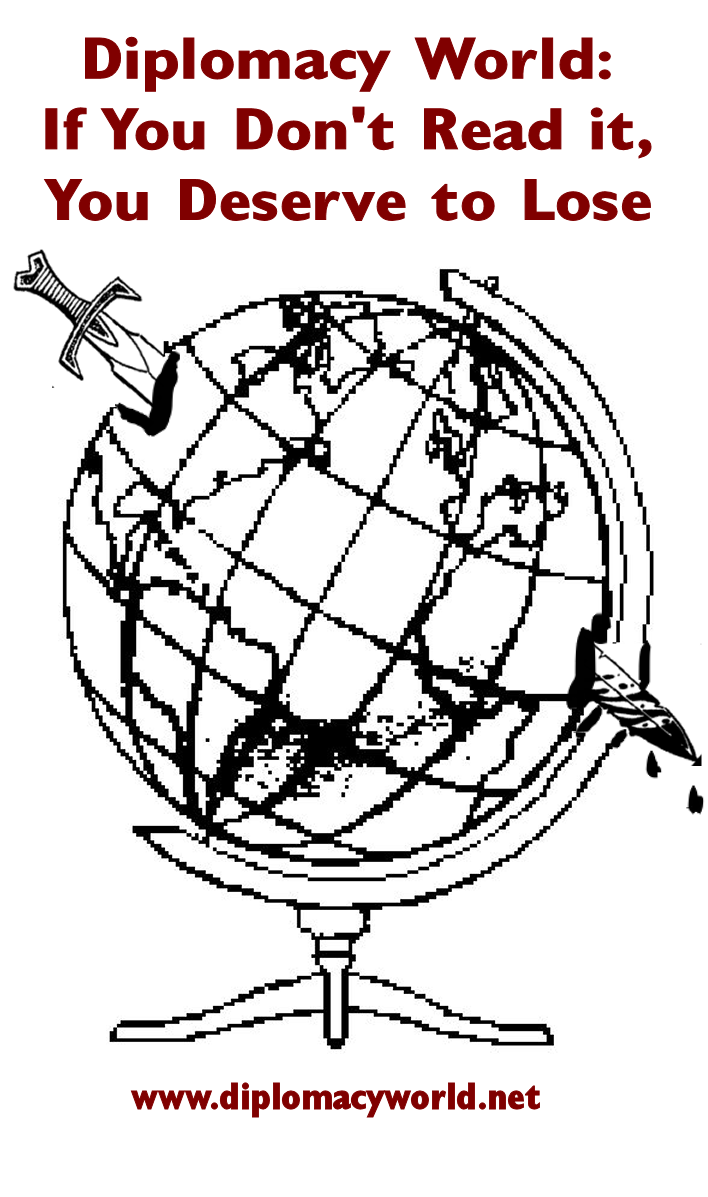



When I first learned Diplomacy in the 60's with some friends, we skimmed through the rulebook once and only referred back to it to resolve disputes. This led to three fundamental misinterpretations of the rules. As a result the fleets had an inordinate amount of firepower, could move very slowly in one fashion but very quickly in another.
First, we somehow concluded that a fleet in port not only occupied the land area but also the sea area adjacent to it. This meant, for example, that a fleet in Rome prevented fleets from occupying Tyn, Tus(Tyn), Nap(Tyn) and Tun(Tyn).
"Tus(Tyn)? What on Earth is he talking about?" you ask. Somehow we concluded that since Bulgaria, Spain and St. Petersburg each had two unique coasts, this meant that any land area which bordered more than one body of water had more than one coast, even if they were adjacent. Thus Nap had two, Tun had three and so on.
The above led to the second misunderstanding: a fleet could only occupy one coast at a time. Under the real rules a fleet can make it from StP(n.c.) to Swe in two moves (F StP(n.c.) - Nwy, F Nwy - Swe) but under our rules it took five (F StP(n.c.) - Nwy(Bar), F Nwy(Bar) - Nwy(Nwg), F Nwy(Nwg) - Nwy(Nth), F Nwy(Nth) - Nwy(Ska), F Nwy(Ska) - Swe(Ska))!
The third misunderstanding, which was actually consistent with the first, was that a fleet in port could, in one turn, move to an adjacent body of water. This allowed, for example, France to move F Bre(MAO) - WMe in the spring and F WMe - Nap(Tyn) in the fall!
These misunderstandings led to some bizarre situations, heated arguments and repeated referrals to the rulebook until we realized the mistakes we were making. For starters, which bodies of waters did F Nap, F Bre, F Lon and F Edi occupy in Winter 1900? We reached the consensus that they started as F Nap(Ion), F Bre(MAO), F Lon(Eng) and F Edi(Nth). More difficult to resolve were F Sev(Bla) and F Ank(Bla) since by our interpretation of the rules two fleets could not so "occupy" one body of water. Our solution was to completely ignore the rulebook and start Turkish F Smy(Aeg)!
Armies could be used to help clear out bodies of water: for example, Italy with F MAO supported by F NAf(WMe) would be forced to retreat (but not to Eng) as a result of France ordering F Bre(Eng) - F Bre(MAO), A Par S F Bre(Eng) - Bre(MAO), A Pic S F Bre(Eng) - Bre(MAO)!
If, say, Germany occupied Nth then England could not build F Lon(Nth) or F Edi(Nth)! Similarly, standoffs were possible on Winter moves if, for example, France built F Bre(Eng) and England built F Lon(Eng)!
The height of absurdity must have been our misunderstanding of the Kie/Den/Swe region. We naturally assumed Swe had two coasts. We argued at length as to just what Den was, since part of it is a collection of islands which, by definition, are surrounded by water, suggesting a fleet could pass through, yet part of it is an extension of the European mainland. Because the rulebook mentioned that both armies and fleets could move through Con and Kie, but said nothing about Den, we reached the consensus that it was a land mass with four coasts, similar to Spain and its four (by our interpretation) coasts. Armies could move from Swe to Den to Kie and vice versa but more importantly fleets could not move through Den when moving from Bal to Hel, Nth or Ska or vice versa. Neither could fleets move through Den when travelling from Swe(Bal) to Swe(Ska) or vice versa. Thus the only way to get in or out of Bal was via Kie. Imagine how this influenced Russo-German relations!
Moral of the story: read the rules carefully.